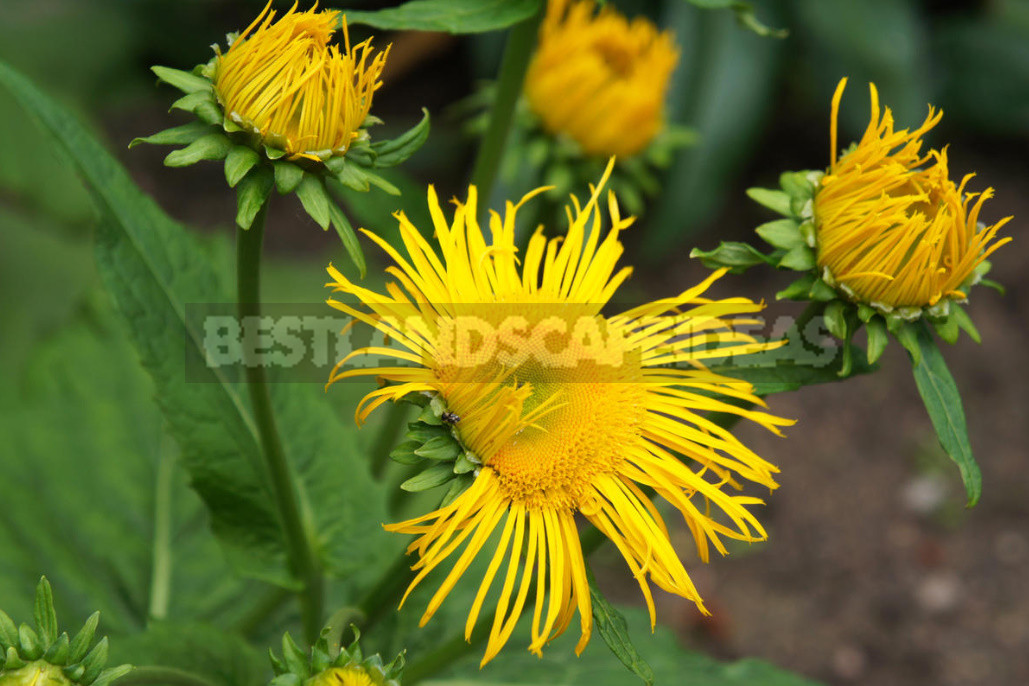
In continuation of the topic of useful plants that we grow in our cottages and harvest during Hiking and outdoor recreation, today we will talk about the types that are used in the preparation of homemade wines.
We will pay attention to Botanical portraits of plants, consider the basic requirements for raw materials, get acquainted with the amazing secrets of cooking some homemade wines.
Assortment of herbs for home wine
Remember, herbs can be any, but the principle of preparation will remain unchanged:
- or preparation of herbal infusions and their introduction into wine;
- or the insistence of the wine directly on dry skin.
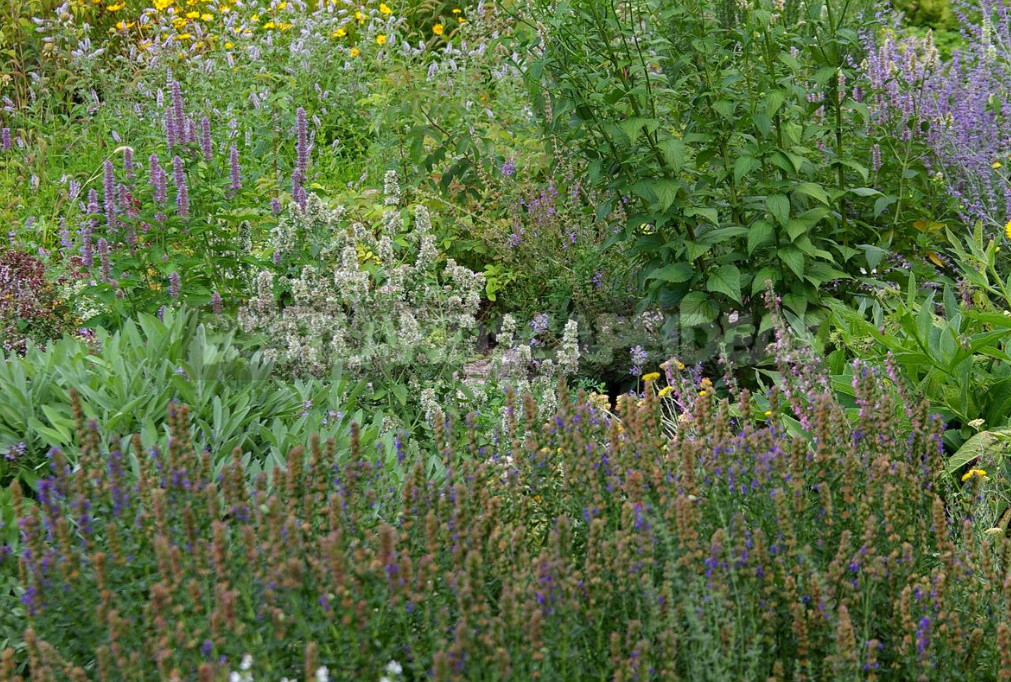
A successful combination of herbs will create the desired (and sometimes unique, inimitable) bouquet of taste and aroma. A bad combination is almost impossible to fix. In addition, it should be borne in mind that some herbs smell noticeable only at first, and then it almost disappears, others – on the contrary: the aroma is revealed over time, becoming the center of the entire flavor composition.
And one more small clarification: in this article we will focus on wines for the preparation of which use grass, rhizomes, roots. Floral wines will be dedicated to a separate material.
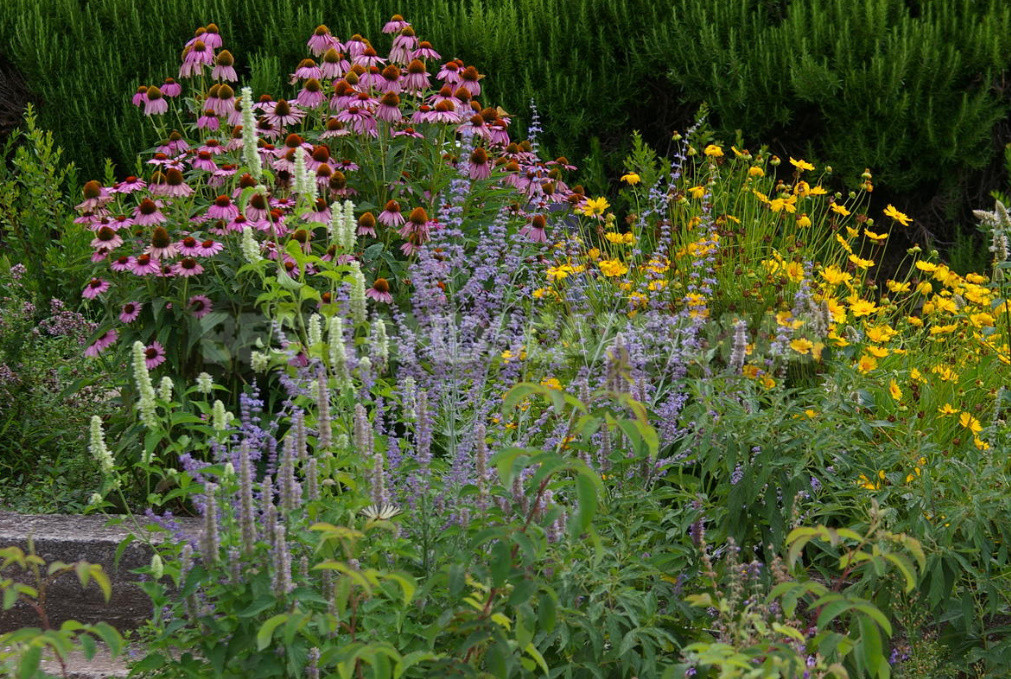
And the wine is introduced spices: cloves, cardamom, citrus zest, cinnamon and so on.
Ocimum gratissimum
Annual of the family Lamiaceae. A hybrid of Ocimum gratissimum and O. menthifolium.

Raw. Herb with the scent of cloves, harvested during flowering.
The wine is prepared according to the same recipe as with Basil.
Geum urbanum and G. rivale
Since ancient times, both species are used as a spice for wine and beer.
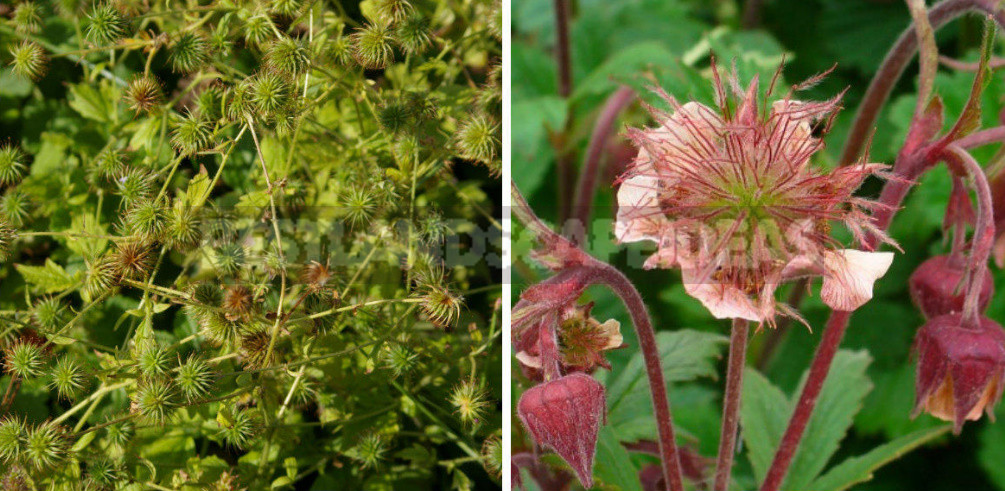
Raw. Rhizome fruiting specimens harvested in autumn. When drying, the raw material is often stirred to preserve the flavor of cloves. Shelf life of raw materials 1 year. Adding orange zest, you can get a wine that tastes like vermouth.
Inula helenium
Spectacular perennial of the family Asteraceae. He is still held in high esteem by summer residents, so often flaunts in the background mixborders. It is known that at the beginning of the last century, people with poor health and going on the mend was recommended to use this wine.
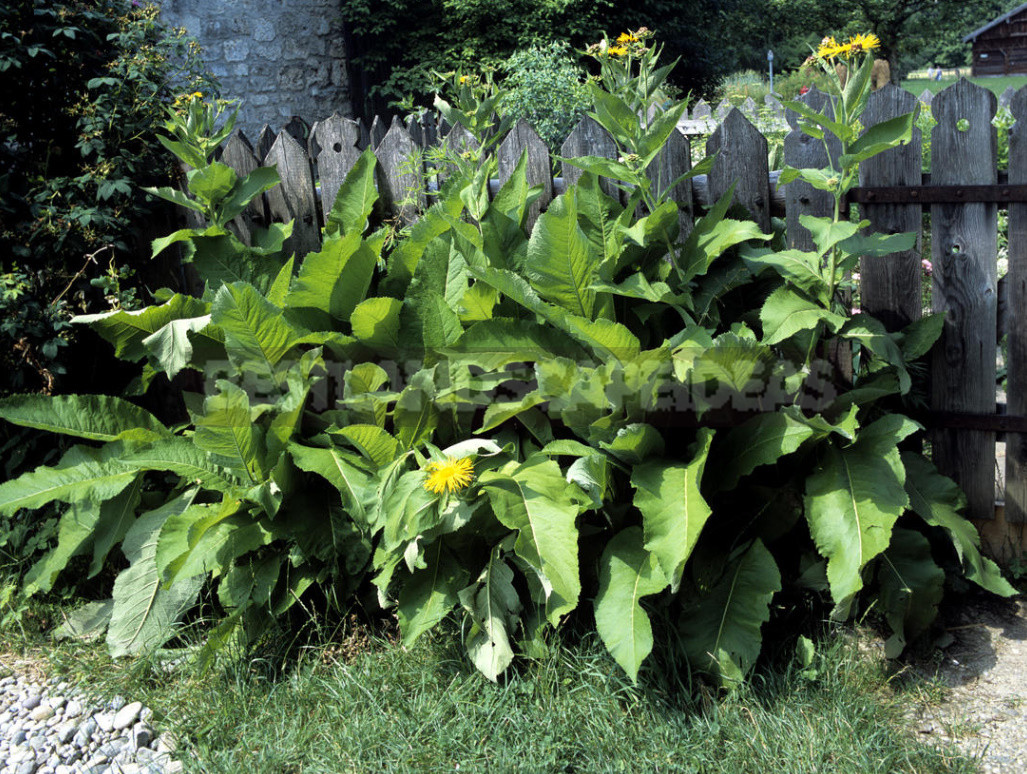
Raw. Fragrant rhizomes with roots are best harvested in autumn. It is very important to wash them under running water, immediately cut lengthwise and crosswise segments of length 10-20 cm. This billet will provide well dry the raw materials in 2-3 days under a canopy or in a dryer at a temperature not exceeding +40°C. Cannot be dried rhizome, whole or to increase the drying temperature – so you’ll ruin your raw materials: it is steamed, to darken partially lose aroma and spicy, bitter taste. Shelf life of raw materials 3 years.
Secrets of wine making
Secret 1. 12 g of crushed dry root pour 0.5 liters of port, add 1 tablespoon of honey and boil for 10 minutes. Take 50 g, 2 times a day, 30 minutes before meals.
Secret 2. Pieces of the root are strung on a thread and dipped in grape wine to infuse.
Secret 3. 25 g (5 tablespoons) of dry raw materials pour 1 liter of wine (any semisweet will do), close and put in a dark cool place. Every day (for 2 weeks) is shaken, then filtered through gauze. Store in refrigerator.
Angelica archangelica, syn. Archangelica officinalis
Large umbrella plant-tapeworm. Can be used for decorating unsightly buildings or compost heaps, boxes. In the country requires enough space, so before you invite him to permanent residence in their possession, carefully weigh the pros and cons.
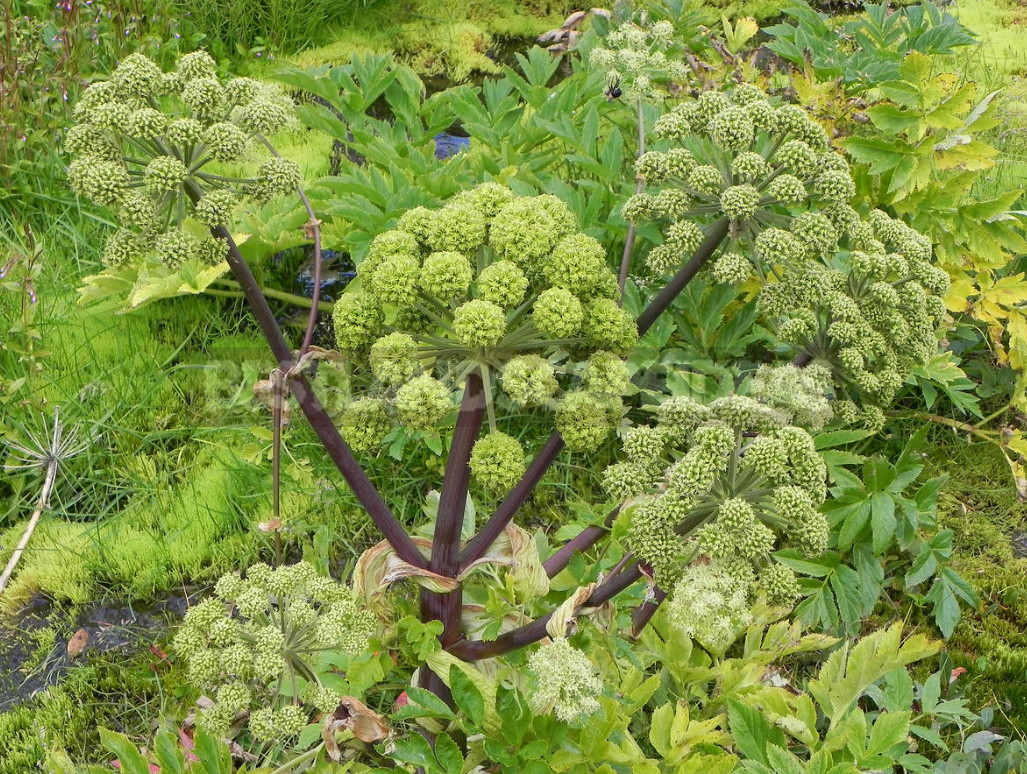
Raw. Rhizomes with roots, harvested in autumn, as well as raw materials Inula (see above). Well-dried roots when bending should break; taste should be first sweet, then bitter, burning; smell strong, fragrant. It is used for making wine and liqueur.
Recipe with wine Archangelica
To prepare you need:
- 50 g dry raw materials Angelica archangelica;
- 50 g ginger;
- 50 g Achillea millefolium;
- 50 g orange peel;
- 0,75 l dry wine;
- 400 g sugar.
Recipe:
- The vegetable ingredients are crushed and poured with wine.
- Insist 10 days, add sugar to taste.
Melilotus officinalis
A widespread biennial in the Legume family. It can not be specially grown, and make the procurement of raw materials in nature.
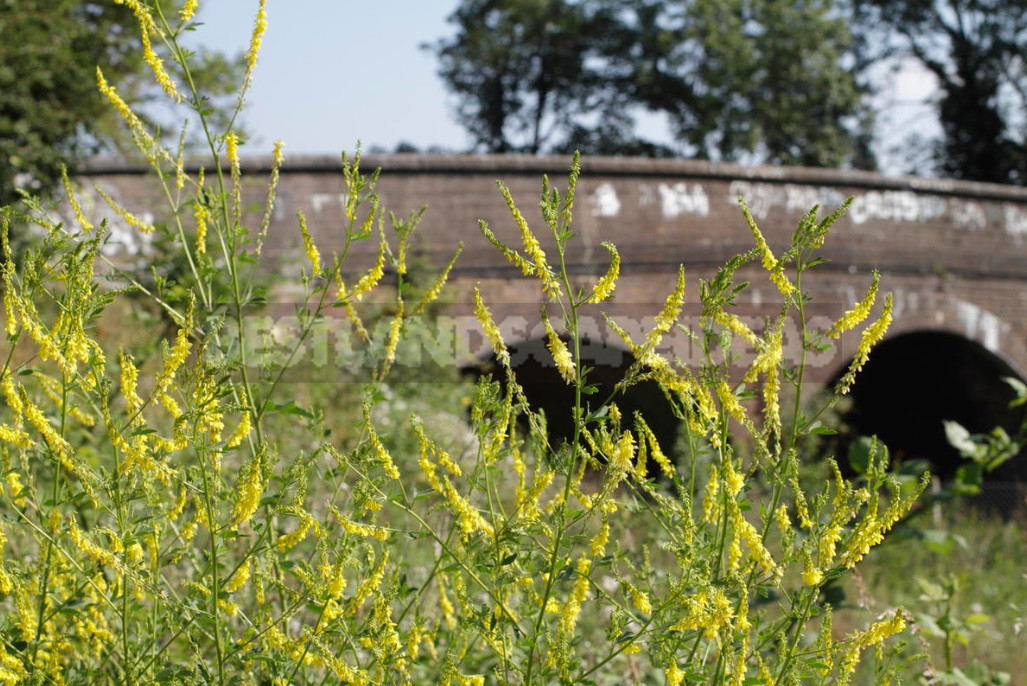
Raw. Flowering period, the grass is bitter, with a honey-floral aroma, in which you can hear the peculiar notes of coumarin. Grass spread a layer of 5-7 cm on paper or fabric, under a canopy. After drying, it is threshed, removing the rough stems. Shelf life of raw materials in hermetically sealed containers (remember, only dry grass has a strong pleasant smell!) up to 2 years.
Wine with Melilotus-an Amateur: it acquires a distinctive taste and aroma, reminiscent of the smell of freshly mown hay.
Dracocephalum moldavica
Interesting annuals from the family Lamiaceae with peculiar flowers, the shape of the throat is similar to the dragon’s head.
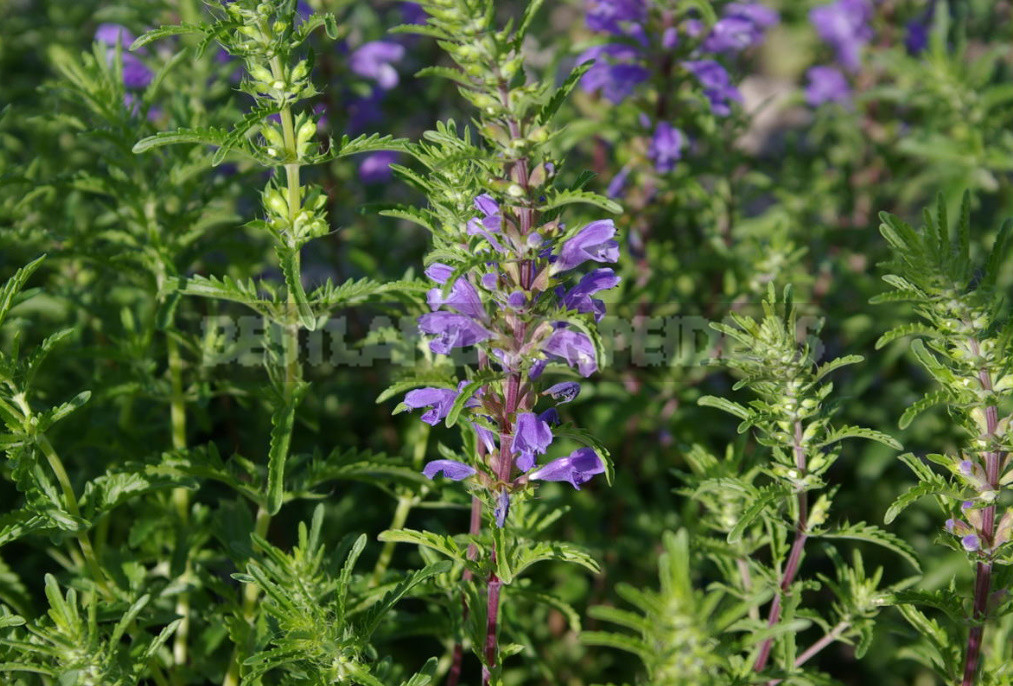
Raw. Aboveground part or only leaves harvested at the beginning of flowering. Green mass is used fresh or dried in the shade (or in dryers at a temperature not higher than +40°C). Dry raw materials are stored in tightly closed containers. Vermouth is flavored.
Artemisia absinthium
Perennial plant with a specific smell of the family Asteraceae. Artemisia absinthium has been known and used for a long time. So, it is known that the ancient Romans gladly consumed a wine that can be considered a prototype of modern vermouth. The ancient Greeks also knew the methods of introducing bitter substances into wine.

Raw. Grass, upper part of flowering shoots, leaves. Collection of raw materials can be started from the first year of vegetation. Harvested in 2 stages: basal leaves are collected during budding; grass-at the beginning of flowering, cut off the tops of flowering shoots 20-25 cm long; side shoots are not thicker than 3 mm. quickly dried under canopies or in dryers, at a temperature of +40…+50°C. the finished raw material has a characteristic spicy smell and a very bitter taste. Shelf life-2 years.
Recipe wine
To prepare you need:
- 20 ml of fresh juice of Artemisia absinthium;
- 75 g honey;
- 0.5 l dry white wine.
Recipe:
- Mix wine and honey, to a mixture neatly add juice Artemisia absinthium.
- Insist 2 days.
- Store in a dark container in the refrigerator.
This is a medicinal wine, so take it only after consultation with your doctor for 30 ml, every other day, weekly courses, with a break of 1 month.
Cephalophra aromatica
An annual crop from the Asteraceae family, the raw material of which has a very pleasant strong aroma, reminiscent of the smell of strawberries, candy and Matricaria chamomilla.
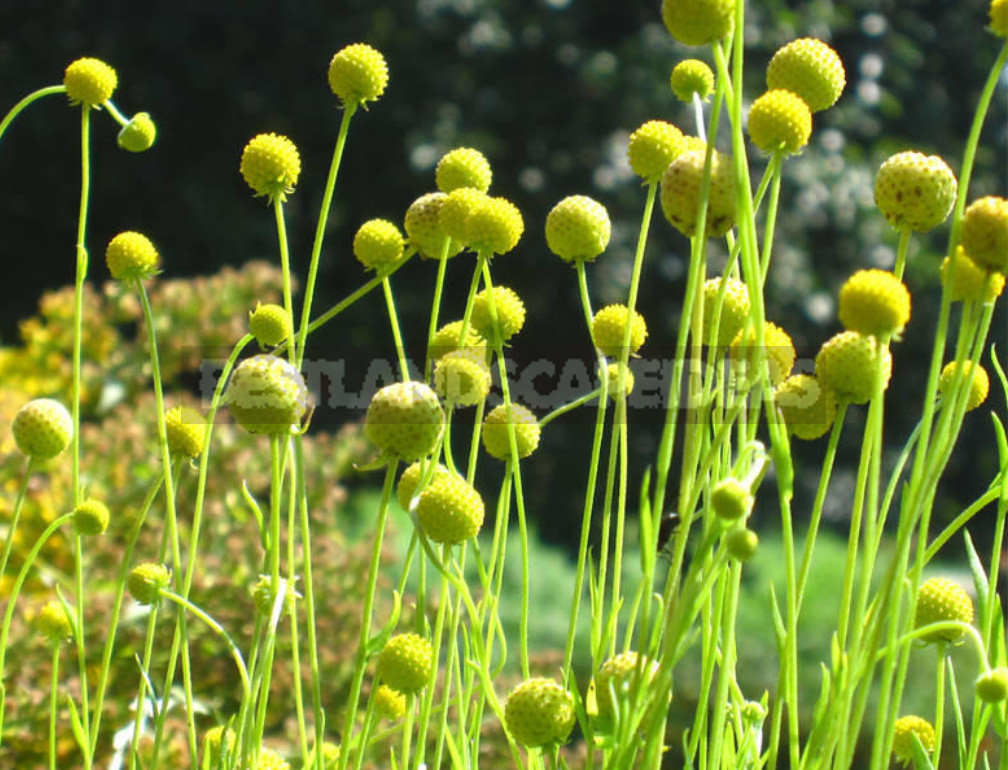
Raw. Leaves collected during flowering. For wine flavoring
one leaf is enough.
And what herbs do you use in the preparation of homemade wines?
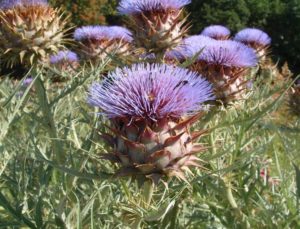


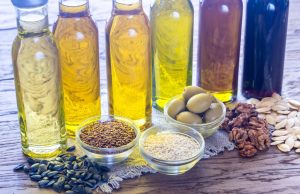
Leave a Reply